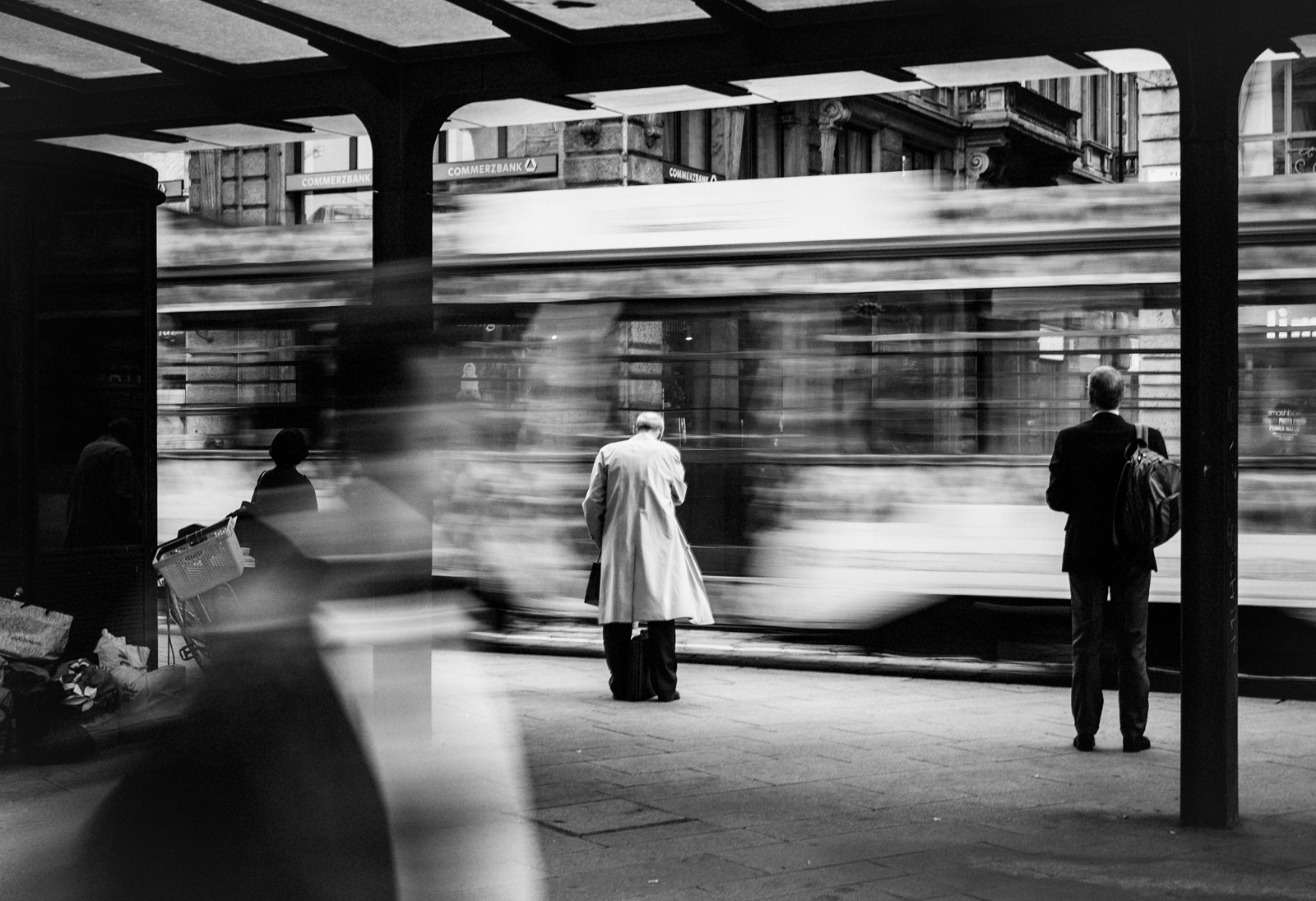About Framing Streets
Framing Streets Can Be Fun For Everyone
Table of ContentsWhat Does Framing Streets Mean?Rumored Buzz on Framing StreetsEverything about Framing StreetsThe Basic Principles Of Framing Streets Little Known Facts About Framing Streets.Fascination About Framing Streets
Digital photography category "Crufts Pet Program 1968" by Tony Ray-Jones Road digital photography (additionally in some cases called honest photography) is photography performed for art or inquiry that features unmediated chance encounters and random cases within public places, normally with the purpose of capturing images at a decisive or emotional minute by mindful framework and timing. 
Rumored Buzz on Framing Streets
Susan Sontag, 1977 Road photography can focus on people and their actions in public. In this respect, the road photographer resembles social documentary digital photographers or photographers that also function in public locations, however with the objective of capturing newsworthy occasions. Any one of these professional photographers' images may capture people and home noticeable within or from public areas, which usually requires navigating ethical problems and laws of personal privacy, protection, and property.
Representations of everyday public life develop a category in virtually every duration of world art, beginning in the pre-historic, Sumerian, Egyptian and very early Buddhist art durations. Art managing the life of the street, whether within views of cityscapes, or as the leading motif, appears in the West in the canon of the Northern Renaissance, Baroque, Rococo, of Romanticism, Realistic look, Impressionism and Post-Impressionism.
What Does Framing Streets Mean?
Louis Daguerre: "Boulevard du Temple" (1838 or 1839) In 1838 or 1839 the very first photograph of figures in the street was tape-recorded by Louis-Jacques-Mand Daguerre in one of a pair of daguerreotype views taken from his workshop home window of the Boulevard du Holy place in Paris. The second, made at the elevation of the day, reveals an uninhabited stretch of street, while the various other was taken at about 8:00 am, and as Beaumont Newhall reports, "The Blvd, so regularly filled with a moving bunch of pedestrians and carriages was perfectly singular, except an individual that was having his boots combed.
, who was inspired to embark on a comparable paperwork of New York City. As the city created, Atget aided to promote Parisian roads as a worthwhile topic for photography.

Everything about Framing Streets
The principal Mass-Observationists were anthropologist Tom Harrisson in Bolton and poet Charles Madge in London, and their first report was created as guide "May the Twelfth: Mass-Observation Day-Surveys 1937 by over 2 hundred observers" [] Window cleaner at Kottbusser Tor, Berlin, by Elsa Thiemann c. 1946 The post-war French Humanist Institution photographers located their topics on the street or in the restaurant. Between 1946 and 1957 Le Groupe des XV each year showed work of this kind. Andre Kertesz. Circus, Budapest, 19 May 1920 Road photography created the significant web content of two exhibitions at the Gallery of Modern Art (Mo, MA) in New York curated by Edward Steichen, Five French Digital Photographers: Brassai; Cartier-Bresson, Doisneau, Ronis, Izis in 1951 to 1952, and Post-war European Photography in 1953, which exported the concept of street photography internationally.

Fascination About Framing Streets
, then an instructor of young children, linked with Evans in 193839.'s 1958 book,, was substantial; raw and frequently out of emphasis, Frank's images examined traditional digital photography of the time, "challenged all the official policies laid down by Henri Cartier-Bresson and Walker Evans" and "flew in the face of the wholesome pictorialism and sincere photojournalism of American magazines like LIFE and Time".